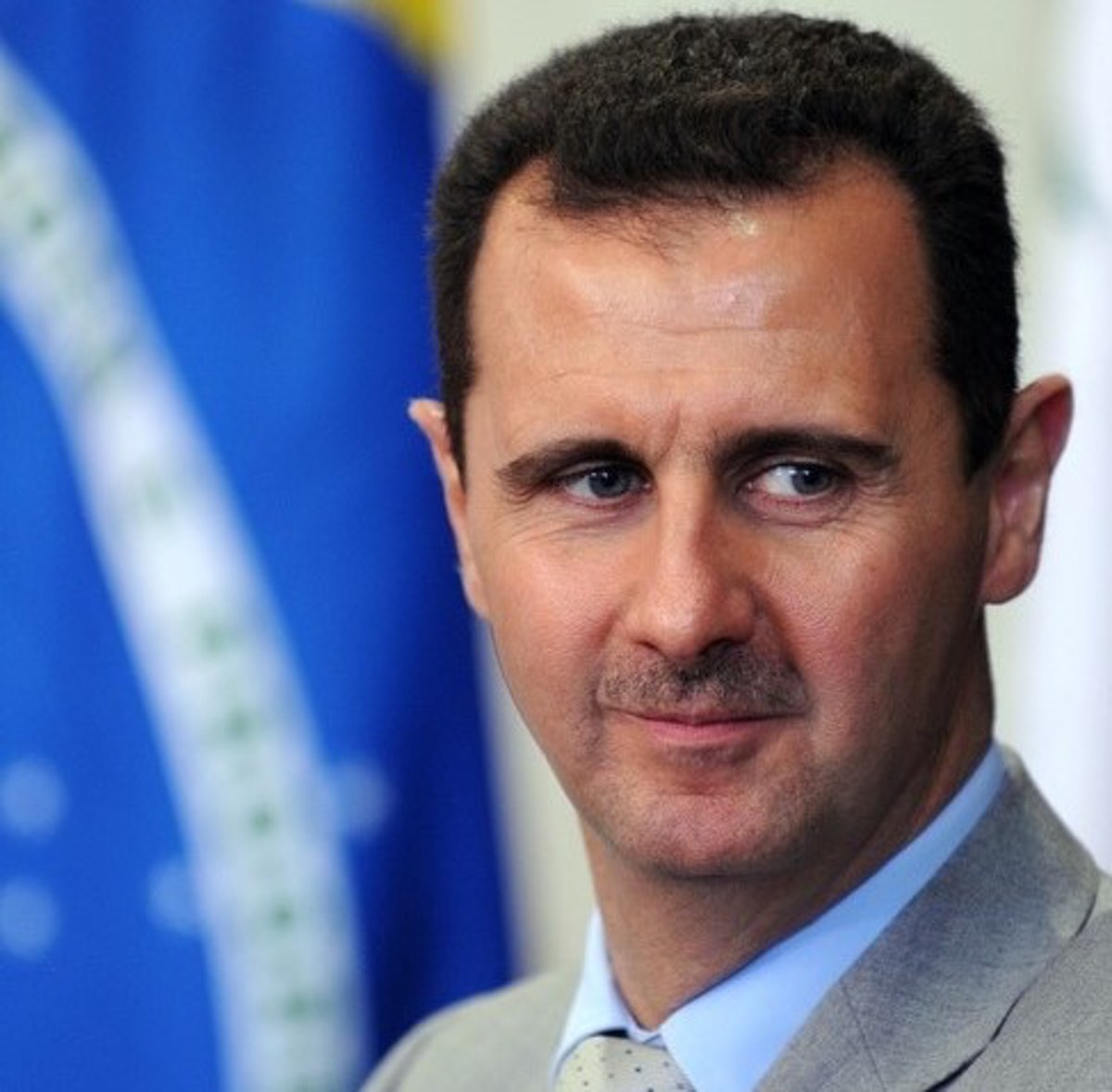(JNS) The overnight strike in Syria the IDF carried out in response to explosives being planted in the southern Golan Heights was necessary—not only in terms of its scope but also in terms of the intended recipient of its message: Syrian President Bashar Assad. That message was clear: Sovereignty comes at a price.
Israel has much stronger leverage in the north than it does on its southern front. Hezbollah and the Shi’ite militias wandering around Syria in the name of Iran allow themselves to execute terrorist attacks from within other countries’ sovereign territory. Therefore, Hezbollah’s provocations from Lebanon are Lebanon’s responsibility, and every action from inside Syria lies at Assad’s door.
There is a price for a sovereign nation allowing militias to operate inside its borders, and it doesn’t matter if they are affiliated with Iran or any other entity. Early Wednesday morning, the IDF carried out a highly precise strike and even hit Syrian army targets directly. Moreover, the Israeli military made sure to send a loud, clear message: “Make no mistake, Syria is in our sights.”
The decision to attack Syrian forces was the right one. It was part of a calculated strategy, with the understanding that Assad—who is trying to rebuild after a bloody civil war—needs to understand that if he wants stability, he cannot allow the Iranians to use his territory for their warmongering. If he does not take action, he will pay the price. Now the ball is in his hands. Will he want to risk the situation deteriorating, or will he reach out to the Iranians and try to hold them in check?
But the message of the strike wasn’t aimed at Assad alone. It was also intended for his patron, Russian President Vladimir Putin. We can assume that if Prime Minister Benjamin Netanyahu hasn’t yet spoken to the Russian leader, he will soon. Putin, too, has a vested interest in stability in Syria given the massive effort he has put into ending the war there. This would not be the first time Putin was being asked to bring order to the alliance between Iran and Syria, which allows the ayatollahs to carry out military operations on the Golan Heights.
However, we must not forget the main factor—the situation in the United States. It could be that at this stage Putin wants to exploit the weakness of the American administration, which is engulfed in political chaos, and arm Syria with surface-to-air missile batteries. After all, money talks.
Once again, we can see that the politics of superpowers is intervening in the politics of the region. We can assume that the tension in the north won’t subside in the near future, unless U.S. President Donald Trump decides he wants to make a show of strength, possibly strike a final chord as a sign he disagrees with what is happening in our region. Trump, as we know, is unpredictable.
The significance of the IDF response against Syrian forces on the Golan front is that the level of alert on the Golan Heights will change in the short term. If we add the tension along the Lebanese border, the IDF will once again be stretched between the north and the south, expecting retaliation from either Syria or Hezbollah. The next few days will show us which way the wind is blowing. As far as the Iranians are concerned, the right thing to do right now would be to muffle their activity, in the expectation that the approaching administration of U.S. President-elect Joe Biden will go easier on them. This might not be the time for them to take any further action in the southern Golan.
Thus far, Israel’s strategy to the north has worked well. We have not devolved into a war or a serious escalation, and we also did serious damage to the Shi’ite militias. In the past, it was convenient for the IDF to operate in Syria, both because of the chaos there and because of the American backing Jerusalem has had in the past few years. But in the next few months, all that could change, and Israel might need to adjust its strategic considerations.
Col. (res.) Ronen Itsik is a former commander in the IDF Armored Corps and author of “A Man in a Tank.”
This article first appeared in Israel Hayom.

